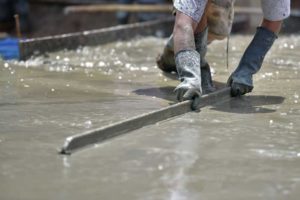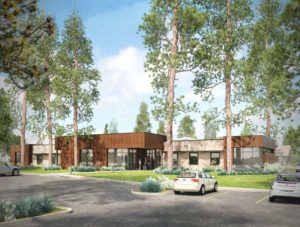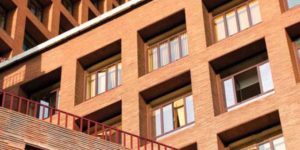After steel and wood, concrete is one of the most common types of decks specified in the roofing industry. The material makes up 13 to 14 percent of the new and retrofit low-slope construction market.
+ Read More
|
The nation’s primary energy consumption was calculated at 98 quadrillion Btu in 2016, comprising 18 percent of the world’s total. (This statistic comes from U.S. Energy Information Administration (EIA).
+ Read More
|
Given the unfortunate rise in security breaches, especially active shooter and other violent incidents, it is more important than ever for schools, hospitals, office buildings, and other facilities to keep occupants safe and control foot traffic while still being code-compliant.
+ Read More
|
Specifiers face an important task when determining how to protect the various surfaces of high-traffic facilities. Many Buildings such as schools, sports arenas, hospitals, and manufacturing plants are very susceptible to daily wear and tear, as well as substrate damage from thorough cleanings.
+ Read More
|
When it comes to concrete construction and repair, use of fast-setting cementitious materials is often the best way to ensure crews can work around the weather and more conventional challenges like traffic.
+ Read More
|
With natural roof and façade metal materials that have been in use for centuries, importance should be placed on specifying a material not solely for its longevity, but also with an understanding of its long-term aesthetic potential (and pitfalls).
+ Read More
|
Scientific research, best practice guidelines, and certification systems can help design/construction professionals sidestep building failures while delivering high-performance buildings. When inexpensive solar panels are added to the mix, buildings that produce as much energy as they use are actually within reach.
+ Read More
|
Shotcrete application is typically faster than cast-in-place concrete application. However, it does come with its own set of risks.
+ Read More
|
You can call it quality assurance (QA), quality control (QC), or quality management—in my view, the process is the same, requiring planning, monitoring, and management.
+ Read More
|
Loadbearing walls with brick veneer and concrete masonry units (CMUs) were built as solid walls in the first half of the 20th century. Brick veneer and the CMU backup wall were bonded to a solid wall to carry the dead and live loads.
+ Read More
|
|
|














